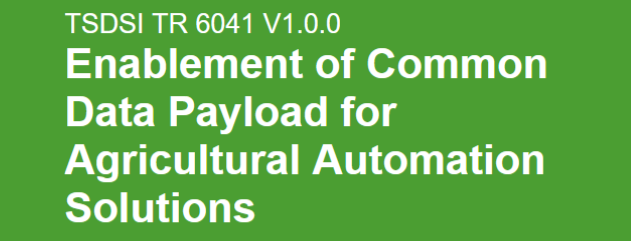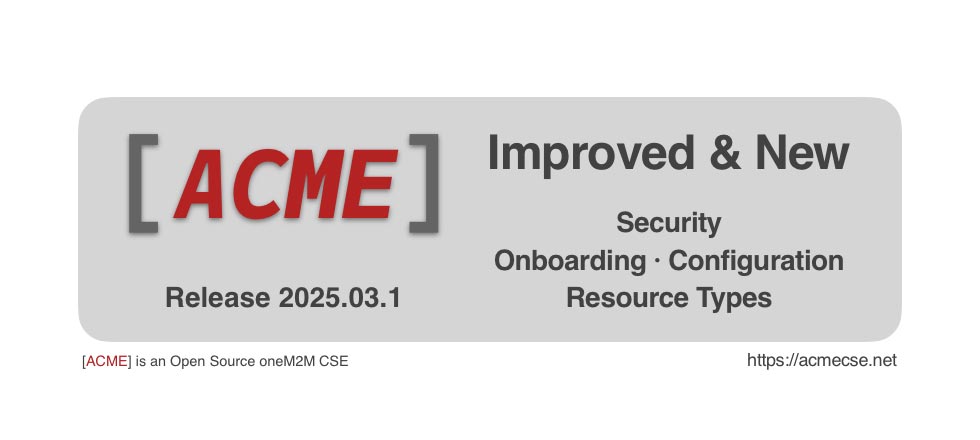That is the finding of Boost LPWA revenue through oneM2M, a new white paper published today by oneM2M, the global IoT standards initiative. This most recent white paper is part of oneM2M's ongoing work to accelerate mass deployment of the IoT which will bring value to both CSPs and end-users.
"While the latest figures from Analysys Mason suggest there could be 3.4 billion LPWA connections by 2025, the forecasted revenue per connected device is relatively low unless CSP strategies to tap into the larger revenue opportunity provided through application enablement become mainstream," said oneM2M's Technical Plenary Chair Dr. Omar Elloumi. "With the recent ramp-up of LPWA deployments worldwide, we have seen an increasing number of CSPs adhering to the oneM2M value proposition, but they will need to expedite their strategies to improve the value they are seeing from the IoT. oneM2M provides a great opportunity to monetise LPWA, effectively making it application developer-centric."
Open standards for the IoT were developed after enterprises that deployed the early wave of IoT connections found themselves restricted by a vertical approach to platform management. Working in this way restricted the applications' scalability, limited cost-effectiveness and stifled interest from device manufacturers and app developers, who found themselves repeating efforts to integrate different connections and device management protocols.
"The need for interoperability is what drives oneM2M's architecture, which allows CSPs to break down the silos that inhibit growth and creates a single, horizontal platform for data sharing between applications," said oneM2M's Regional Marcom Vice Chair Chris Meering, of Hewlett Packard Enterprise (HPE). "This not only delivers OpEx savings from not having to manage multiple horizontal silos, but also opens up new service innovation opportunities. LPWA provides the means to deliver the IoT and a standards-based, horizontal approach makes it a stronger business case."
The white paper discusses the importance of normalising data from different devices within a single platform â " a common IoT service layer â " that is agnostic of hardware and connectivity type. This gives app developers the confidence to create new and innovative services through easy-to-use application programming interfaces, knowing that they will work with all service provider networks and IoT deployments. By forming partnerships with these developers and device manufacturers through the use of oneM2M, CSPs can create value in the app space and ultimately via data analytics.
"Using oneM2M makes it possible for app developers to build once and reuse often," said Andreas Neubacher, Technology Innovation at Deutsche Telekom. "This creates a win-win situation â " developers can create tailor-made apps that can easily be scaled, while CSPs and platform providers have a larger pool of resources as the developers reuse code and avoid duplication of efforts."
HPE's Universal IoT Platform and InterDigital's oneTRANSPORT concept â " an open service that enables public and private sector organisations to take advantage of shared data for use in intelligent transportation â " or demonstrations like Orange and Deutsche Telekom's smart home application portability are cited as examples of where oneM2M has encouraged IoT growth through a horizontal approach. The use of an open standards approach based on oneM2M by the South Korean government as the underlying principle for smart city deployments is also explored.
The white paper concludes that oneM2M offers CSPs the ideal way to boost LPWA connectivity volumes by attracting device and application providers onto their networks. Examples of LPWA networks referred to by the white paper include NB-IoT, LTE Cat-M, and LoRa.
To read the full white paper, please visit: http://www.onem2m.org/images/files/oneM2M_WhitePaper_BoostLPWARevenueThroughoneM2M.pdf
About oneM2M
oneM2M is the global standards initiative that covers requirements, architecture, API specifications, security solutions and interoperability for Machine-to-Machine and IoT technologies. oneM2M was formed in 2012 and consists of eight of the world's preeminent standards development organisations: ARIB (Japan), ATIS (U.S.), CCSA (China), ETSI (Europe), TIA (U.S.), TSDSI (India), TTA (Korea), and TTC (Japan), together with five industry fora or consortia (Broadband Forum, CEN, CENELEC, GlobalPlatform, OMA) and over 200 member organisations. oneM2M specifications provide a framework to support applications and services such as the smart grid, connected car, home automation, public safety, and health. oneM2M actively encourages industry associations and forums with specific application requirements to participate in oneM2M, in order to ensure that the solutions developed support their specific needs. For more information, including how to join and participate in oneM2M, see: www.onem2m.org.
PR Contact
Jayne Brooks
This email address is being protected from spambots. You need JavaScript enabled to view it.
+44 (0) 1636 704 888



